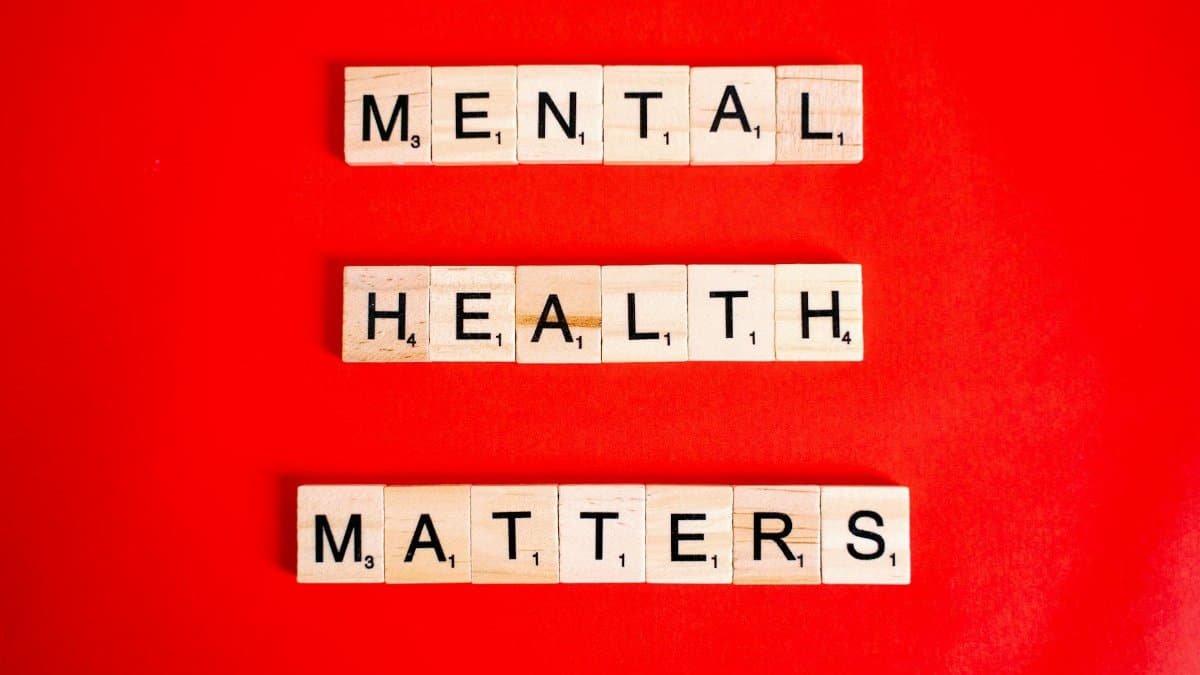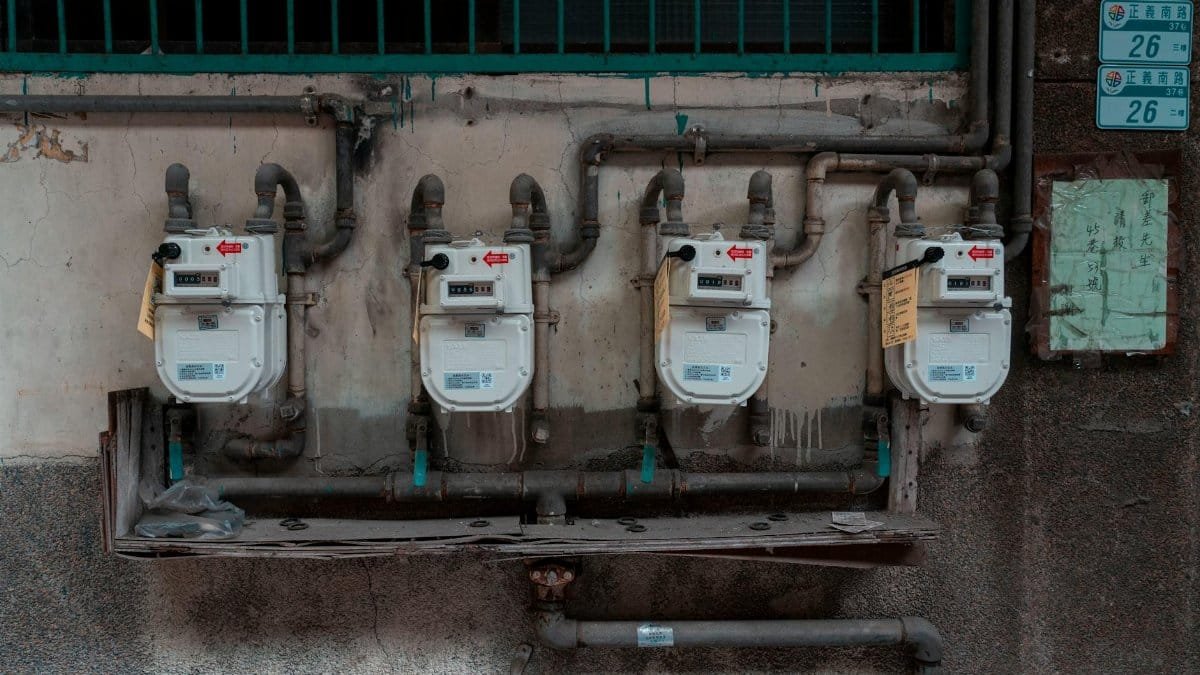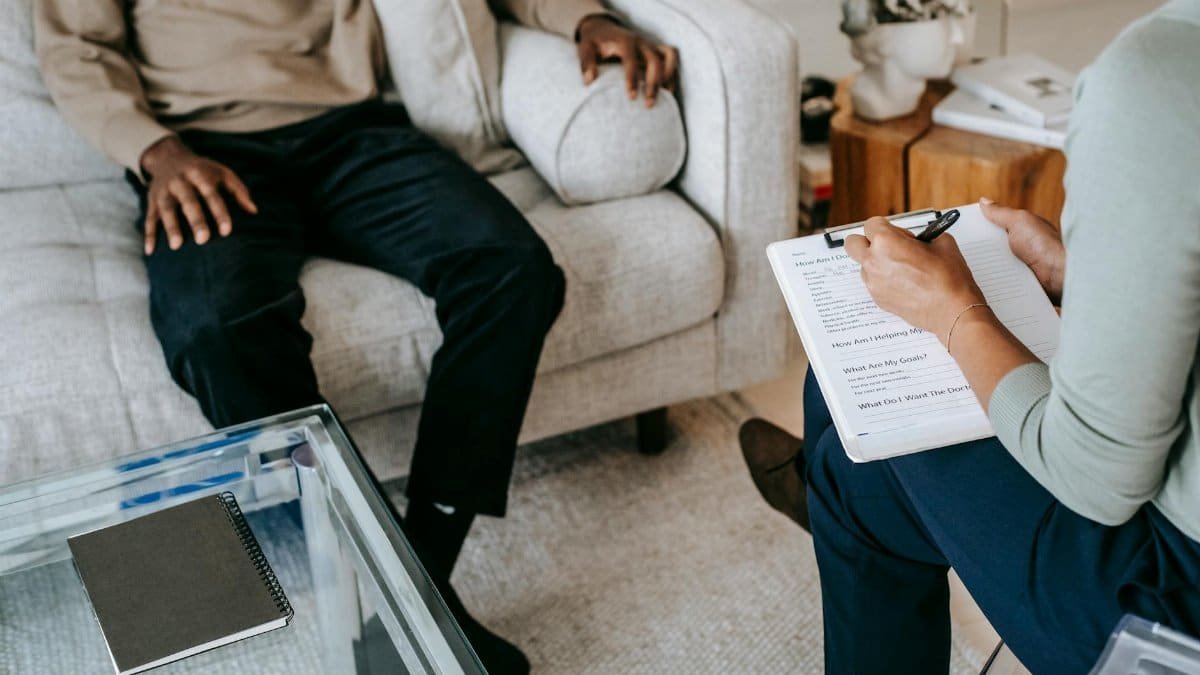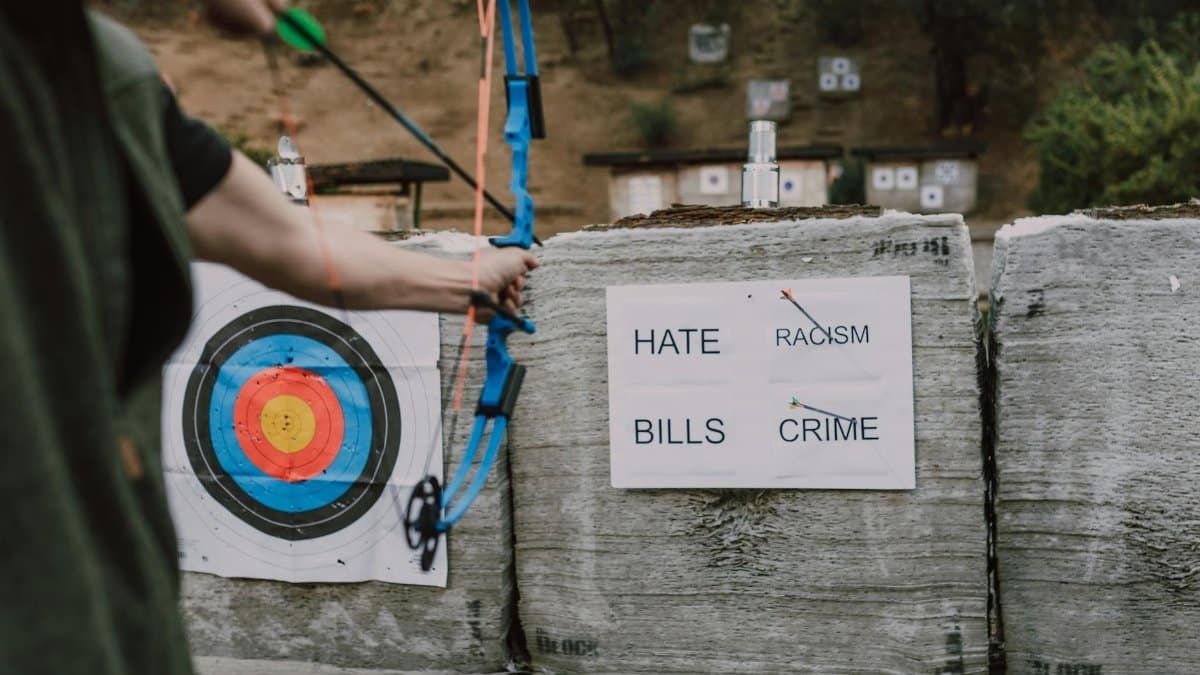Why You Feel Invisible Even When Surrounded by People

New data shows 40% of Americans report feeling emotionally isolated in crowded settings, according to a recent Pew Research survey. This invisible barrier often stems from a lack of emotions balance, where internal turmoil drowns out external connections. In bustling cities like New York or Los Angeles, people navigate throngs yet feel utterly alone. Experts say this disconnect is rising, fueled by digital distractions and unaddressed mental health issues. Achieving emotions balance could be the key to breaking through, turning superficial interactions into meaningful bonds.
Understanding the Root of Invisibility

Feeling invisible isn’t just a fleeting mood. It’s often tied to deeper emotional imbalances. Psychologists point to unresolved stress or anxiety that creates an internal fog. When your emotions are out of whack, social cues get lost in the noise. A study from the American Psychological Association highlights how chronic stress amplifies feelings of disconnection. In 2025, with remote work still dominant, many report this isolation even in virtual meetings. The fix starts with recognizing these patterns. Simple self-reflection can reveal if past traumas or daily pressures are at play.
The Role of Social Media in Emotional Disconnect

Scroll through Instagram, and everyone’s life looks perfect. But that curated facade often heightens feelings of invisibility. Users compare their behind-the-scenes mess to others’ highlight reels, disrupting emotions balance. A report from the Pew Research Center’s Internet & Technology section notes that 31% of adults feel more isolated after heavy social media use. In the U.S., where platforms dominate daily life, this digital divide is widening. Real connections suffer as likes replace genuine conversations. To counter it, experts suggest setting strict screen limits and prioritizing face-to-face interactions.
Impact on Mental Health and Well-Being

When invisibility persists, it chips away at mental health. Depression and anxiety rates climb, with the CDC reporting a spike in such cases among urban dwellers. Emotions balance acts as a buffer, helping regulate moods and foster resilience. Without it, small slights feel like major rejections. In 2025, therapists are seeing more clients grappling with this amid economic uncertainties. Building emotional stability through practices like journaling or therapy can rebuild self-worth. It’s not about being the center of attention, but feeling seen in your own skin.
Common Triggers in Everyday Life

Crowded parties, busy offices, or family gatherings can trigger that invisible sensation. Often, it’s subtle, like being talked over or ignored in conversations. These moments disrupt emotions balance by stirring up insecurity. Research from Harvard’s psychology department shows that repeated micro-rejections accumulate, leading to withdrawal. In diverse U.S. cities, cultural differences can exacerbate this. Spotting triggers is crucial. Keep a mental note of situations that spark unease, then address them head-on with assertiveness training or boundary-setting.
Strategies to Restore Emotions Balance

Restoring balance starts small. Mindfulness exercises, like deep breathing, can ground you in the moment. The National Institutes of Health endorses such techniques for emotional regulation, as detailed in their NIMH Anxiety Disorders page. Pair this with positive affirmations to combat negative self-talk. In 2025, apps offering guided sessions are booming, making it easier for busy Americans to integrate these habits. Consistency is key; even five minutes daily can shift your emotional landscape, making you feel more present and connected.
Building Meaningful Connections

To shake off invisibility, focus on quality over quantity in relationships. Initiate deeper conversations instead of small talk. Emotions balance improves when you express vulnerabilities, inviting others to do the same. Studies from the University of California indicate that authentic interactions boost oxytocin, the bonding hormone. In the U.S., community groups and support networks are vital for this. Join a local club or volunteer; these settings foster genuine ties. Remember, feeling seen often comes from seeing others first, creating a reciprocal cycle of visibility.
Professional Help and When to Seek It

If self-help falls short, professional intervention might be necessary. Therapists specializing in cognitive behavioral therapy can realign emotions balance effectively. The Substance Abuse and Mental Health Services Administration reports rising demand for such services in 2025. Don’t wait for crisis; early signs like persistent loneliness warrant action. In the U.S., accessible options include teletherapy platforms. Seeking help isn’t weakness; it’s a step toward reclaiming your place in the world, turning isolation into empowerment.
Real-Life Examples of Overcoming Invisibility

Take Mark from Chicago, who felt invisible at work events until he practiced active listening. His story, echoed in many therapy sessions, shows how small changes yield big results. Or consider Lisa in Miami, who balanced her emotions through yoga, transforming her social anxiety. These anecdotes, supported by data from mental health organizations, illustrate practical paths forward. In 2025, more Americans are sharing such journeys online, inspiring others to address their own emotional gaps.
Long-Term Benefits of Emotional Stability

Achieving emotions balance pays off over time. It leads to stronger relationships, better career performance, and overall life satisfaction. Longitudinal studies from the CDC track how balanced individuals report fewer health issues. In the fast-paced U.S. landscape, this stability is a game-changer. It equips you to handle stressors without retreating into invisibility. Ultimately, it’s about owning your narrative, ensuring you’re not just present, but truly engaged in life’s crowd.
